I’m that girl at Ulta who holds the L’Oreal True Match Foundation in one hand, and Makeup Forever HD in the other, trying to convince myself that my wallet likes L’Oreal better. I believe in holy grail products and the power of good foundation. Just like any make-up junkie, my routine is specific to my skin type and how it reacts to different products. Now rewind five centuries. No Ulta, no makeup gurus on YouTube, or even the option of drugstore products. Women had to use unconventional materials to perfect their routines. Here are the 5 most bizarre beauty secrets from the ancient world:
1. Wig or Rat Home?
Aside from leaving her home in Austria to marry a stuffy prince-to-be at age fourteen, Marie Antoinette lived the high life. Literally. Tall, voluminous, and extravagant wigs were created for the rich and fabulous in the 18th century; having large hair symbolized power and wealth to the highest degree. However, the construction of wigs was quite the opposite of glamor. The base of these wigs were wooden, and hair was glued on using grease and beef lard. Rats were attracted to the scent and made themselves at home in woman’s wigs. This came with a spread of disease and infection and lead to the invention of “wig cages” to protect the wigs at night.
As time went on, wigs were associated with older women losing their hair, and the allure of wigs was long gone. But with the invention of convenient hair extensions, and Kylie Jenner’s wigs, hair is now considered just as much of a fashion statement as a purse, or shoes.
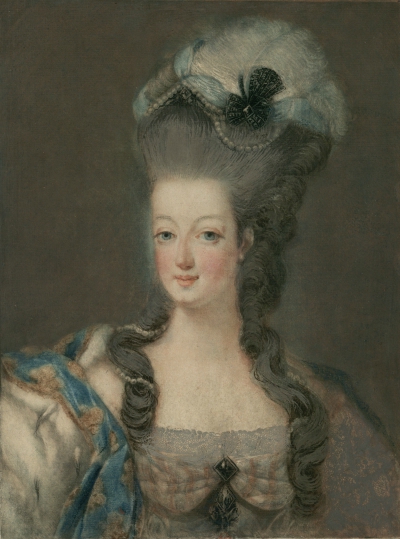
2. Feces Facial
Or as I like to call it — when a bird actually sh*ts on your face. Geishas in the 18th century used nightingale poop to remove their heavy makeup and provide a “glowing” residue. I think it’s a red flag when feces have “glowing” abilities. Apparently Tom Cruise uses a feces facial — sounds like Risky Business.
I know after reading this you’ll be dying to get one so fear not! NYC’s Shizuka New York Day Spa (7 W 51st Street) provides an hour poop facial session for $180. They use powdered nightingale poop called “uguisu no fun”. It really does sound like no fun.
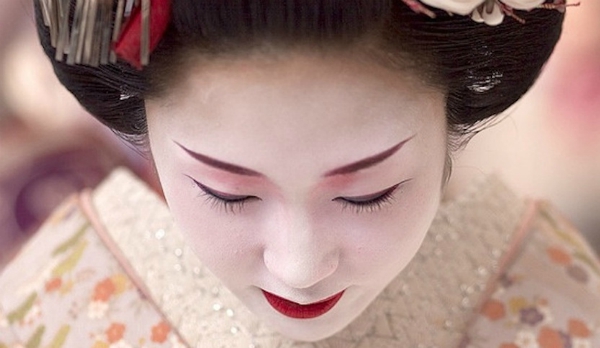
3. Leeches and Lead
Elizabeth I had smallpox which left major scars on her face. To cover up the scars, she used heavy white makeup, which became a popular look in the European Renaissance. Boasting a pale face exuded a well-off and high-class manner that only the rich could afford. To get the palest face, women would put leeches in their ears to drain the blood from their face. Yes. Blood — the thing that our heart pumps out to keep us alive was drained from their faces in order to look like the queen. Some women also used a lead oxide powder to achieve that white pallor. Even though I failed Chemistry in high school, I’m pretty sure that’s a chemical disaster waiting to happen.
Now, some people use glutathione to lighten their skin in the form of pills, creams, and injections. This is popular among women in Asia, and this lucrative market is convenient and easy to obtain.
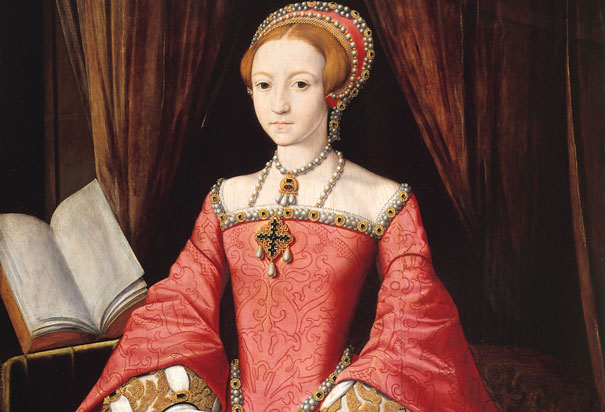
4. Lethal Lipstick
Despite the vast desert in Egypt, Ancient Egyptians were able to manipulate their plants and resources to create vivid colors. By mixing iron oxide (rust), red clay, iodine, and bromine mannite, women can achieve a red lip rivaling makeup cult favorite “Ruby Woo” lip liner. But here’s the catch — bromine mannite is poisonous. Women were often poisoned by their own lipstick, which poisoned their lovers as well. Thus birthed the term: “Kiss of Death.”
Beauty icon Cleopatra crushed beetles and ants in order to create the perfect red shade as well as Queen Nefertiti, pictured below. The blood from the beetles and ants were also incorporated with fish scales for an iridescent glow. Seems a little fishy, don’t you think?
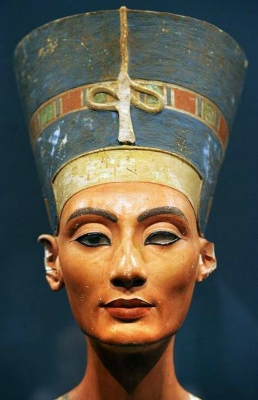
5. Urine Mouthwash
Ancient Romans clearly had a deep respect for excrements. Other than bathing in crocodile dung, ancient Romans used urine for a plethora of medicinal and cosmetic uses. The most interesting use was that their mouthwash consisted of urine. Yum! The main ingredient in urine is ammonia, which erases stains and thoroughly whitens teeth. Urine was also said to freshen breath.
But we’re not talking about just any kind of urine. Portuguese urine was in high demand, the Romans believed that it was more potent than their own urine.
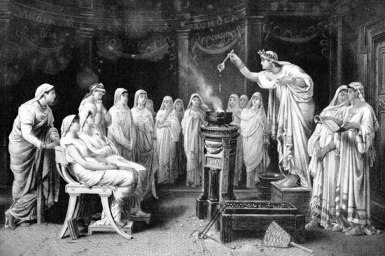
—
Featured Photo Courtesy of Anna Thetard

